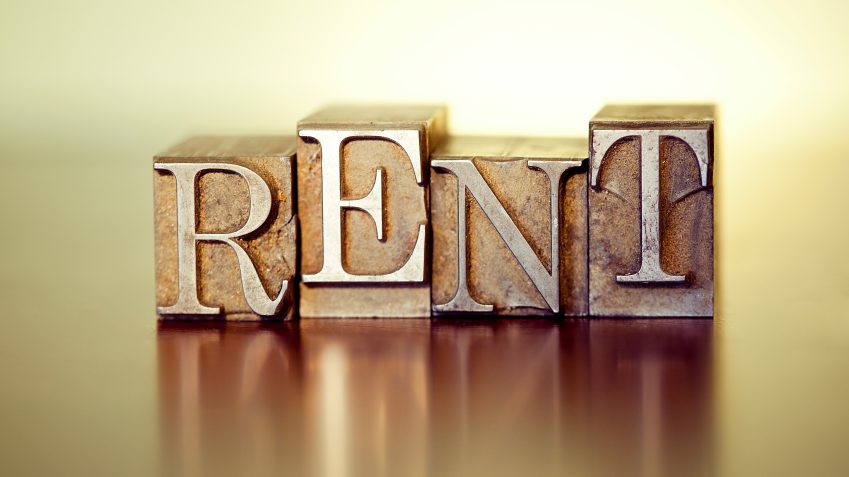The National Multifamily Housing Council reports that 79.2% of households living in the country’s stock of professionally managed market-rate apartment properties have paid rent for February as of the 6th.
The latest results are off by 1.9 percentage points from the 81% share of households making payments through February 6, 2020.
The findings come from the National Multifamily Housing Council’s Rent Payment Tracker research, compiling information provided by five technology firms, including RealPage, Inc., for more than 11 million market-rate apartment units.

There remains a gradual erosion of payment frequency since the government’s comparatively generous enhancements to unemployment assistance expired at the end of July.
Unemployed renters who have relied on savings to meet their financial obligations during recent months are depleting cash those reserves. Furthermore, with job gains stalled for a couple of months, comparatively few of the households who have been struggling now appear to be moving toward near-term financial recovery.
Lower-Priced Apartments Continue to Lag in Payments
As has been seen since the COVID-19 pandemic began, rent collections remain better in the upper-end and mid-range apartments than in the lower-tier properties. RealPage stats show payments for February through the 6th at 83.2% in the Class A block of product and 82.7% in the Class B inventory.
Collection levels are lower at 70.7% in Class C projects. It’s normal for payment activity in Class C communities to trail by an especially big margin in the initial week of a month. Many renters in these less-expensive apartments pay their bills by check, rather than electronic payment, and there can be delays in processing check payments.
Payment Results by Metro Are Inconsistent
Over recent months, there have been few meaningful takeaways from initial payments by metro. Markets where collections have started slowly sometimes have ended up with little to no payment deterioration by the end of the month, and the opposite has occurred as well.
For now, then, places where early February collections trail results from a year ago simply are spots to watch as the month continues.

The biggest collections shortfalls relative to early February 2020 levels are in Providence, New York, Baltimore, Portland and San Jose, all with payments down 9 to 14 percentage points. Annual declines at roughly 7 to 8 percentage points register in Los Angeles, Newark-Jersey City, Seattle, Philadelphia and Oakland.
Full-month results in late 2020 as well as January 2021 showed that the biggest collections struggles tend to be in high-priced metros along the West Coast and in the Northeast.







